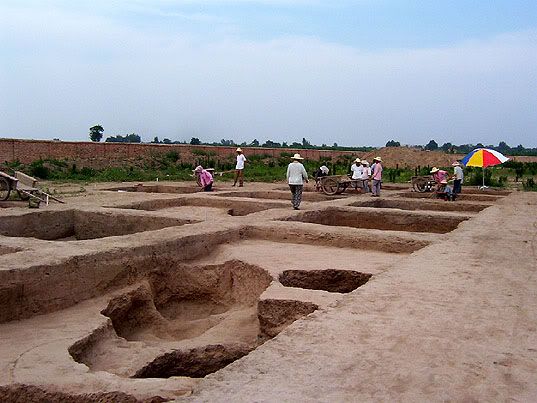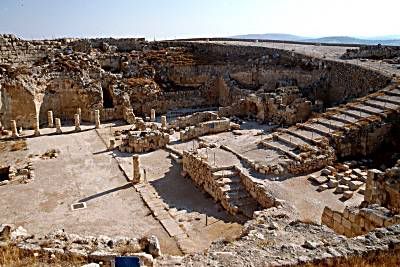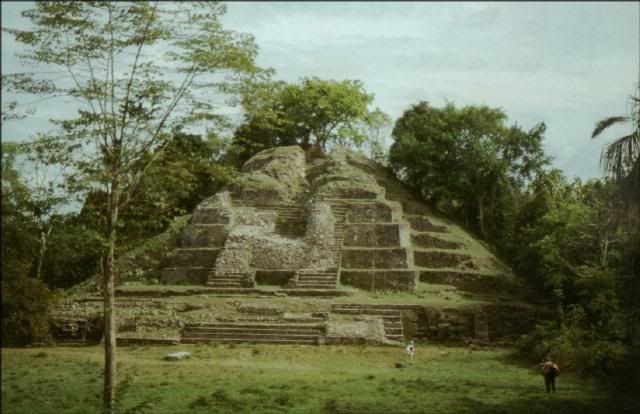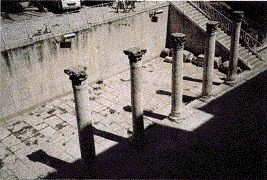Our First Walking Ancestor Discovered?
ADDIS ABABA, Ethiopia (AP) - A team of U.S. and Ethiopian scientists has discovered the fossilized remains of what they believe is humankind's first walking ancestor, a hominid that lived in the wooded grasslands of the Horn of Africa nearly 4 million years ago.
The bones were discovered in February at a new site called Mille, in the northeastern Afar region of Ethiopia, said Bruce Latimer, director of the Cleveland Museum of Natural History in Ohio. They are estimated to be 3.8-4 million years old.
The fossils include a complete tibia from the lower part of the leg, parts of a thighbone, ribs, vertebrae, a collarbone, pelvis and a complete shoulder blade, or scapula. There also is an ankle bone which, with the tibia, proves the creature walked upright, said Latimer, co-leader of the team that discovered the fossils.
The bones are the latest in a growing collection of early human fragments that help explain the evolutionary history of man.......From AP News, Anthony Mitchell, Associated Press Writer, March 5, 2005
Read More









